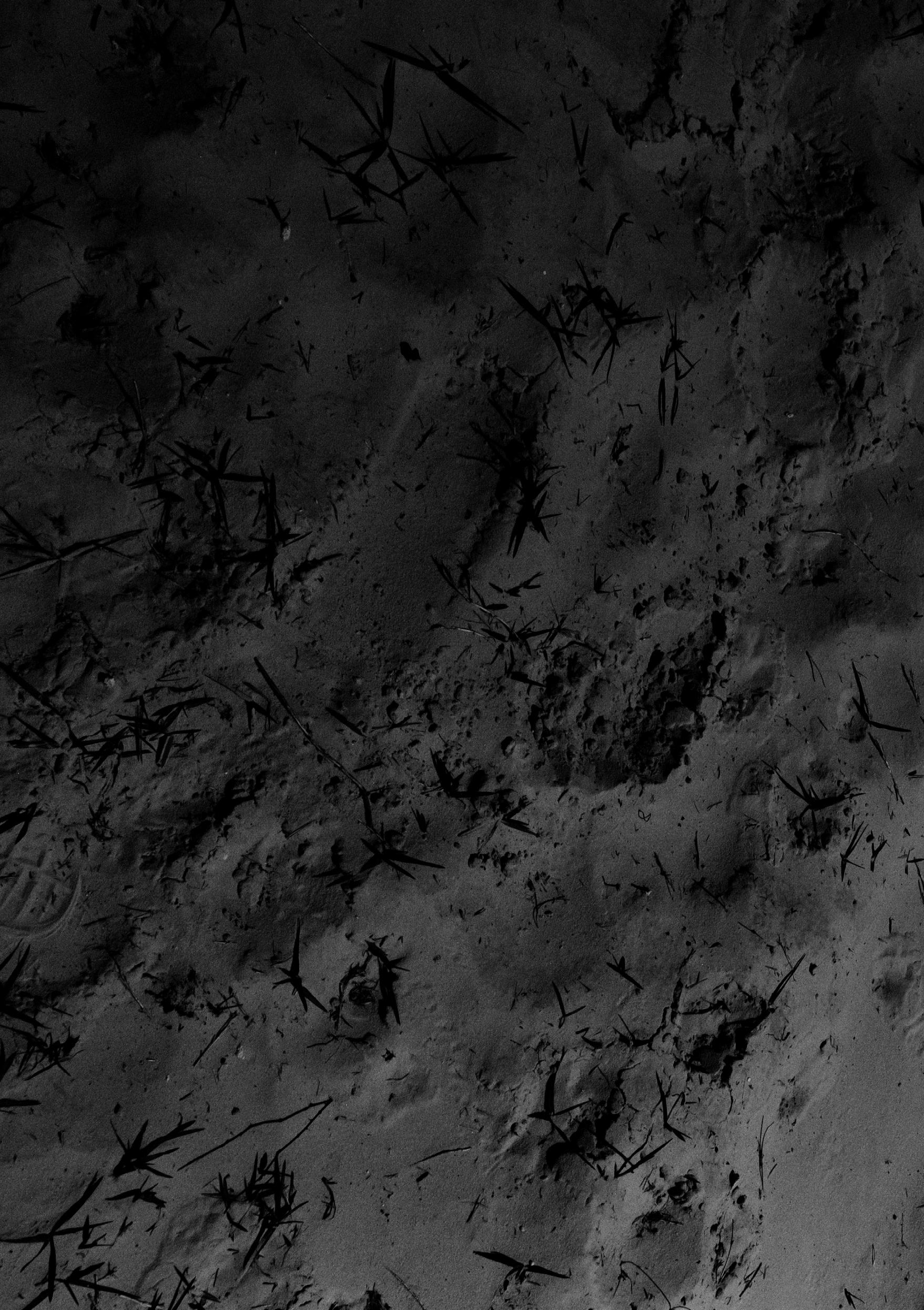
2 minute read
Abstract
ABSTRACT
Architecture holds the unique ability to uncover the hidden intensities of a charged context. By composing the perceptive tools of light, scale and material, an intervention can establish profound connections across time and space. By harnessing the storytelling potential of material, architecture can stimulate an emotional awareness of the forgotten histories of a site. The directed use of these perceptive and communicative tools results in the re-synthesis of place and person, facilitating an empathetic understanding of self, history and the human condition; an understanding of where one has come from and where they might be going.
Advertisement
America has a complicated relationship with its past. Certain moments of triumph or tragedy are celebrated, while others are intentionally concealed and forgotten. American history is contained and communicated through inadequate mediums, important truths have been left behind, buried deep in the ground, leading to the societal divisions that plague America today. This research focuses on two important flashpoints of racial violence in North Florida: The Rosewood Massacre of 1923 and the Newberry Six Lynchings of 1916. These cases of racial tension are throughlines that guide us to the disparities and violence seen to this day. While the traditional understanding of history neglects to recount these narratives, the lost stories of victims are forever held within their landscapes and artifacts which are waiting to be justly brought to attention. It is the position of this research that architecture can be used as a tool to uncover and re-engage these accounts, facilitating a personal encounter with history. Through architectural and personal engagement, the Southern landscape can become active again, telling the stories of its complicated ground. This research intends to present an commemorative architectural process can lead to ackowledgement, reparation and memorialization in places of trauma. Perhaps bringing forth a place to truly reckon with where America have come from and what work still needs to be done.
Square photograph also contain photographs taken as part of this research.
"Living in the South means being both nourished and wounded by the experience. To identify a person as a Southerner is always to suggest not only that her history is inescapable and profoundly formative, but that it is also imperishably present.
Sally Mann, a thousand crossings, 2007 1
1. Sally Mann. 2018. a thousand crossings. Edited by Julie Warnement. New York City: Abrams. 110.











